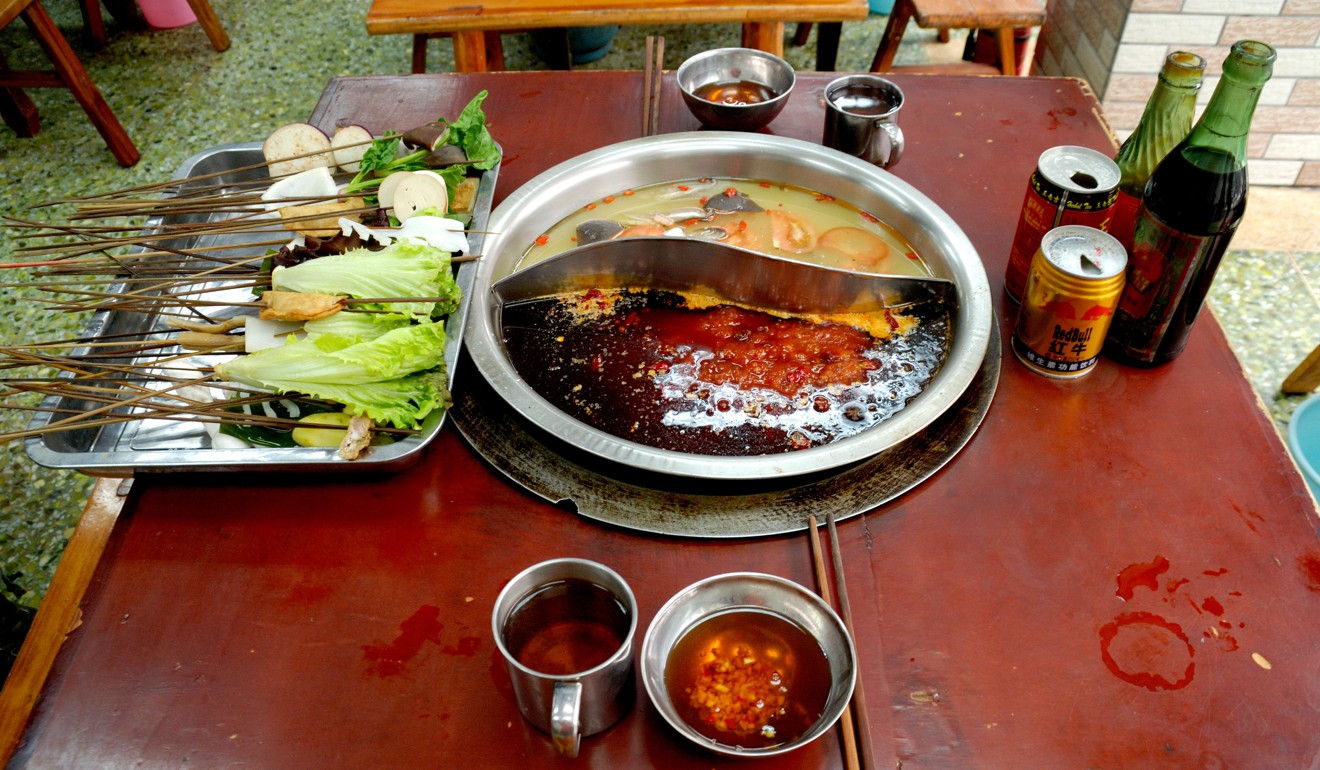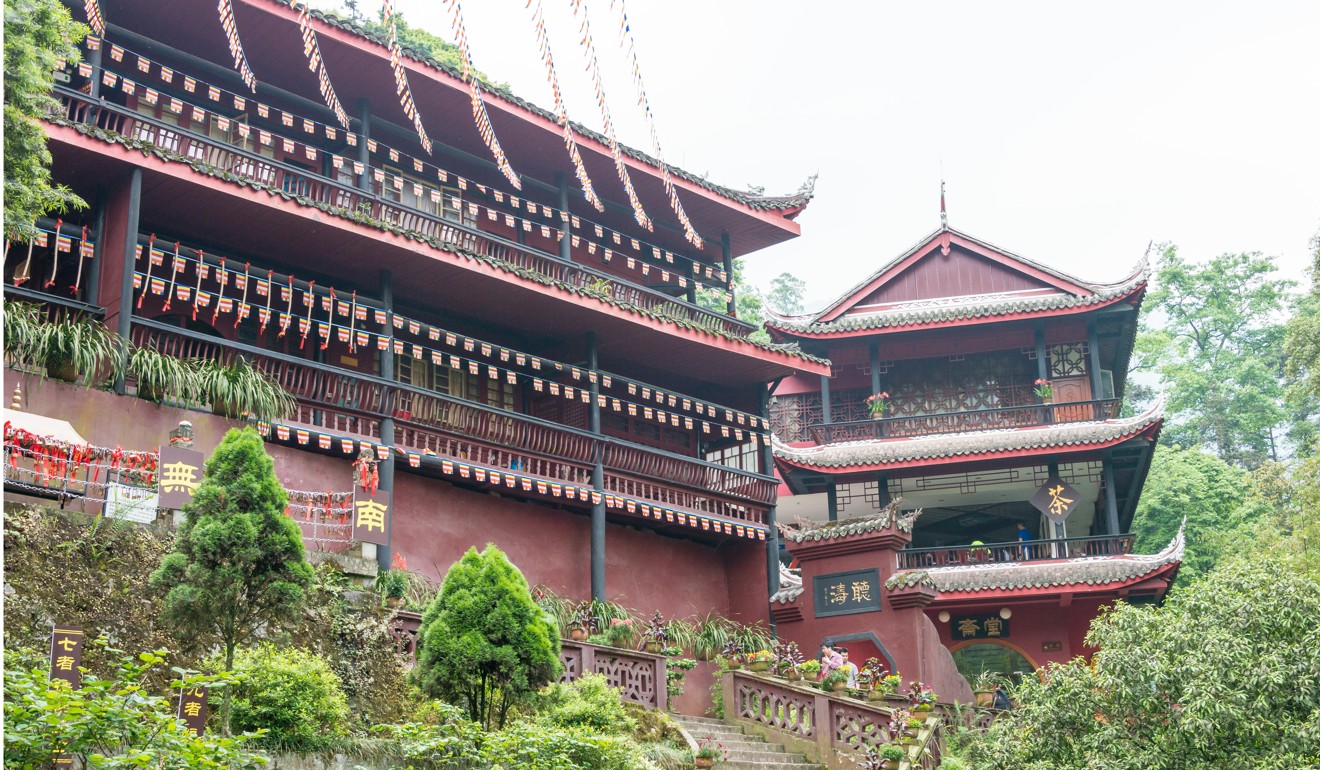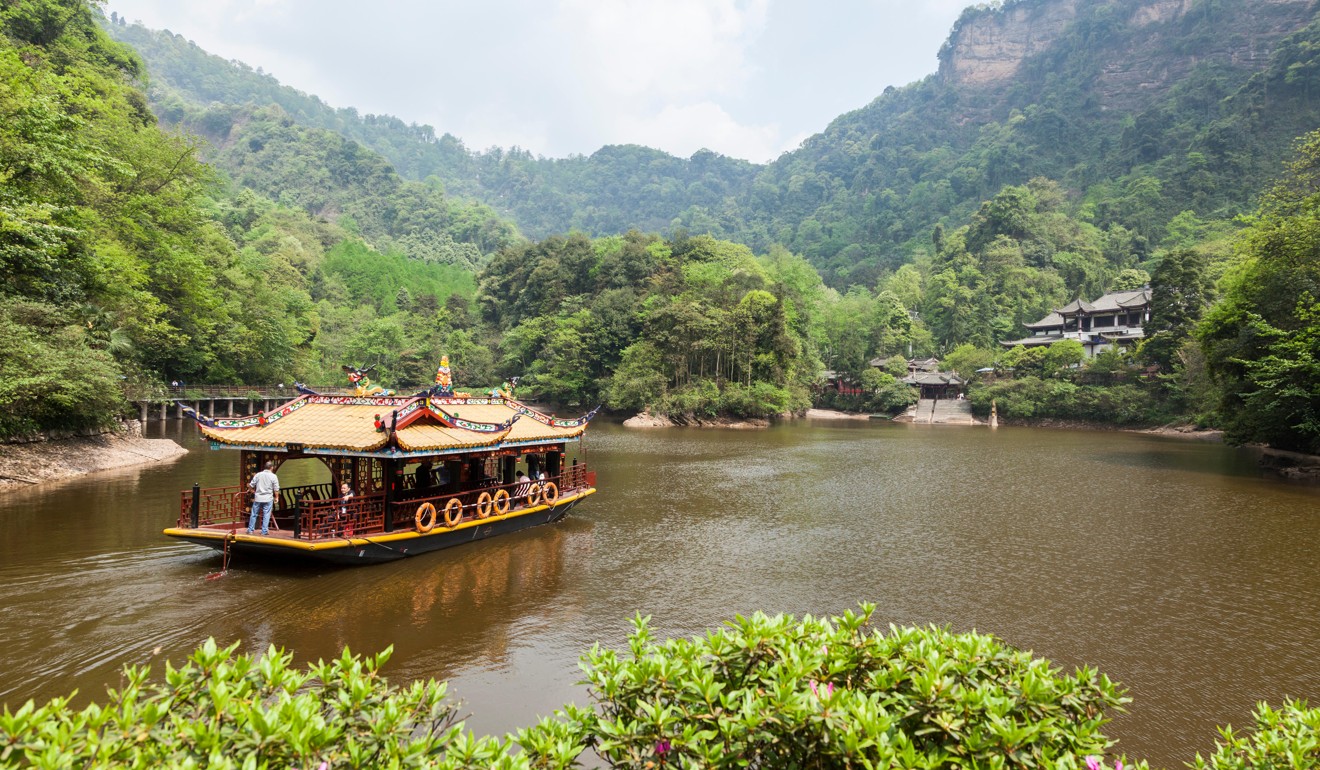
The best things to do on a Chengdu visit: it’s not all pandas and spicy hotpot
The capital of China’s Sichuan province has a number of more obvious attractions popular with visitors, but explore a bit further and you will find a wide variety of fascinating and breathtaking places
“A big welcome to Chengdu, miss!”
I am taken aback by the enthusiastic greeting and accompanying toothy grin from the sixtysomething taxi driver who meets me at the city’s Shuangliu International Airport. Though I can only make sense of a third of his words due to his thick Sichuanese accent, he turns out to be the friendliest cabby I have encountered to date in China. This is no coincidence – Chengdu is lauded as one of the nation’s most hospitable cities to visit.
A quick getaway to China’s Danxia Shan geopark offers great views, good walking – and a few giggles
For first-timers in Sichuan’s capital, a trip to the Chengdu Panda Base is a must. Beat the crowds by getting there at 7.15am to purchase tickets; when the centre opens at 7.30am, you will be one of the first to coo at sleepy baby pandas at the Sunshine Nursery enclosure.
The capital is also synonymous with its spicy hotpot. Named a Unesco City of Gastronomy in 2011, Chengdu’s culinary fame is long established in a country known for its vibrant and diverse food scene. Sichuan peppercorns are known for their mouth-numbing properties, and are one of a plethora of spicy ingredients that will have sweat and tears running down your face during your first taste of an authentic ma la hotpot.

Avoid a public meltdown by ordering a split hotpot – one half a rich, deep red liquid filled with an ominous number of chillies and peppercorns, the other comprising a less intimidating chicken or tomato broth. Other diners will also be drinking icy light beers and bottles of sweetened coconut milk to help quell the spiciness; follow their lead.
Young locals favour a restaurant chain called Biao Biao, which is only advisable for those with near-superhuman spice tolerances. An all-round crowd pleaser is Xiaolong Fandaqiao (“The Way of the Dragon”) in the city’s Kuanzhai Xiangzi alleys, whose charming waiters dance and hand-pull noodles to go in your broth as and when you order them.
Five museums you wouldn’t expect to find in Shanghai
The standard Sichuan hotpot menu is full of offal, but other options such as sliced meats, fish balls and vegetables are generally plentiful as well.
Pandas and hotpot out of the way, you can now focus on the many other things Chengdu has going for it. A bian lian performance at Sanguo Teahouse in the Jinli alleys is a fun introduction to Chinese opera for the uninitiated. Literally meaning “changing faces”, bian lian involves lavishly costumed performers switching from mask to mask in an instant as they dance and move across the stage.
The tea house’s hour-long show also features a tea ceremony as well as an acrobatic act with long-spouted tea pots.

For history buffs, the archaeological treasures at a place called Jinsha reveal a little known side to the area’s past. Accidentally discovered in 2001 in urban Chengdu, the site includes palace foundations, a burial area and common dwellings in use from 1200BC to 650BC. It has yielded thousands of finds including artefacts made of gold, bronze, jade and lacquered wood and hordes of ivory and boar tusks. These finds are now displayed at both the site’s museum and a covered section of the original excavation area.
The site shows the latter stages of the ancient Shu state, a bronze-working culture that was conquered by the Han Chinese during the Qin dynasty in 316BC. Taken together with evidence unearthed at Sanxingdui, 50 kilometres northeast of Chengdu city and the earlier centre of Shu occupation, it shows the area around Chengdu was significantly occupied over four thousand years ago.
The Leshan Giant Buddha is worthy of a half-day excursion. From Chengdu, the city of Leshan is a mere hour’s high-speed train ride away to the south; the Buddha is then a 15-minute taxi ride from the station.

There are two ways to see the Leshan Buddha: to view it whole from afar via a very short ride on a dated passenger ferryboat, or to walk down from near its head to the bottom of the Buddha’s feet. Sitting at 71 metres tall, the entirety of the sculpture, carved directly from a cliff face, is not visible via the latter option, although this is the only way to get up close to the largest carved stone Buddha in the world.
A further 20-minute train journey down the same line takes you to Emeishan, where the foothills of its namesake, Mount Emei, is a short cab ride away. Mount Emei is one of the Four Sacred Mountains of Buddhism and its summit can be reached by a two-day hike with an overnight stopover.
Getting to the top requires climbing a seemingly never-ending amount of stairs and spending the night sharing accommodation with monks. Those shorter on time or energy can opt to climb a lower section of the mountain and still take in the lush flora and heady incense from the various temples that are dotted along the side of the mountain.

Three hours is sufficient to reach Qingyin Temple, a complex of pavilions, towers and platforms that dates to the sixth century and is adorned by red ribbons writ with wishes and blessings. Immediately below is the picturesque Niuxin Pavilion, a pagoda flanked by two arched bridges that looks like a traditional Chinese ink painting come to life.
Another renowned mountain easily accessible from Chengdu is Mount Qingcheng, famous for being the birthplace of Chinese Taoism in the second century AD. Less than an hour by high-speed train northwest of Chengdu, the mountain is dotted with temples built in the Jin and Tang dynasties that celebrate key elements of Taoist teachings.
What to see and what to miss in Sanya, China’s top beach getaway
As at Mount Emei, there are hiking options to suit all schedules and levels of fitness. Two to three hours is plenty to explore the more built-up front part of the mountain, ending with a boat ride on the scenic Yuecheng Lake. Those looking for a full-day hike can take a local bus from Qingchengshan train station to the mountain’s back part. Far fewer tourists explore this section of the scenic area, leaving you in relative peace to explore the abundant Taoist temples and enjoy a wooden punt ride across Cuiying Lake before reaching Baiyun Temple at the mountain’s 2,128-metre summit.

Less tiring, but equally significant, is the nearby Dujiangyan ancient irrigation system, a feat of engineering constructed in 256BC. It controls the waters from the Min River, a large tributary of the Yangtze River, using natural topographic and hydrological features – as opposed to dams – to divert vast amounts of water to the Chengdu plains.
After modifications and additions in the Tang, Song, Yuan and Ming dynasties, the system currently irrigates nearly 700,000 hectares of farmland. An hour or two is plenty to marvel at the large scale and careful planning behind the irrigation system.
Chengdu is colloquially referred to as the Gateway to Western China, given its proximity to the high plains of Tibet. If you have two or more days to spare, the Aba Tibetan and Qiang Autonomous Prefecture is easily accessible from Chengdu via a 45-minute domestic flight to Jiuzhai Huanglong airport.

Explore Huanglong’s otherworldly limestone formations and cerulean coloured pools by riding a cable car into the park’s mountainous valley before walking up to its eponymous Tibetan-style temple and the Five-Colour Ponds. The sharp snow-capped peaks are a reminder to slow down as you take in the breathtaking high-altitude scenery.
From there, the grass plains of Songpan are roughly an hour’s drive away. Hiking and horse-trekking across high altitude plains and mountains can be done for those seeking a taste of the nomadic lifestyle.
Unless you or your travel companions have a good level of Chinese, organise a day or multi-day trip with travel company Adventure Access, which customises its itineraries to suit your abilities. However, you will still need a base level of hardiness given the exposure to the elements while walking, riding and camping in this relatively untouched corner of western China.
Getting there: You can fly direct between Hong Kong and Chengdu with a range of carriers, including Cathay Dragon, Hong Kong Airlines and Air China. Return fares are available from HK$1,289 (US$165).

